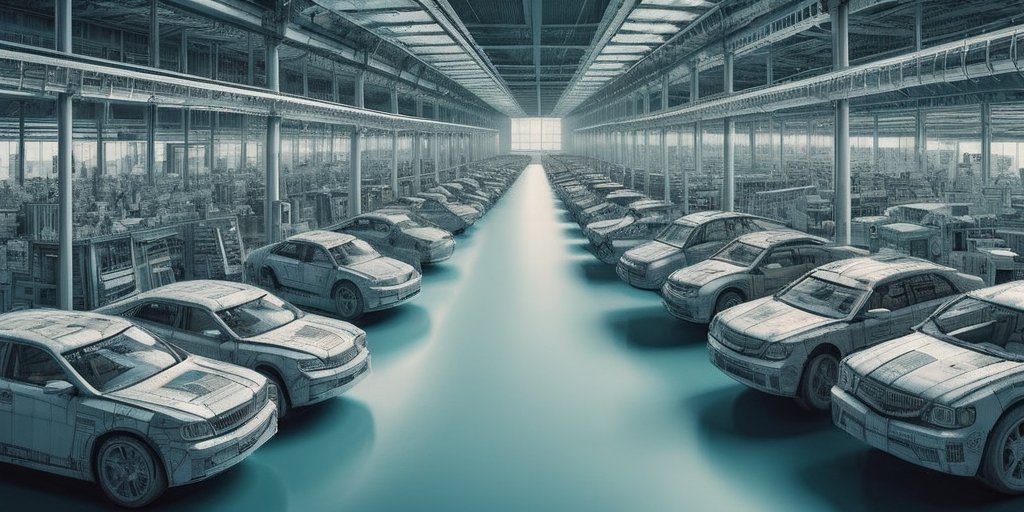President Donald Trump predicted Wednesday that the auto tariffs he is about to impose will lead automakers to shift their car production and their supply chains to American factories. However, making such transitions is far more complicated than it seems.
A variety of tariffs have either already hit or are about to hit the auto industry, potentially adding thousands of dollars to the cost to build and buy a new car. Duties of 25% on steel and aluminum imports are already in effect, raising the price of these key materials, even when produced at US mills.
On Wednesday, Trump announced fresh levies that will take effect on April 3 for cars and auto parts imported from Asia, Europe, and North America, specifically from Canada and Mexico. These tariffs could critically impact a myriad of automakers relying on parts from neighboring countries.
Trump emphasized the potential benefits, claiming that “If you build your car in the United States, there are no tariffs.” Yet, the executive order he signed actually imposes tariffs on more than half of the parts used to build cars in US plants.
He further stated, “A lot of companies are going to be in great shape because they’ve already built their plants, but their plants are underutilized,” suggesting that automakers could quickly ramp up operations. However, the reality is more complex and laden with uncertainties.
The automobile sector is already grappling with “a lot of costs and a lot of chaos,” as Ford CEO Jim Farley noted last month. The sudden and unpredictable nature of Trump’s tariffs leaves automakers hesitant about investing billions in new plants, as permanent changes to trade policy remain unclear.
Trump assures the tariffs will remain for the duration of his term, declaring, “This is permanent.” However, past dealings, where Canadian and Mexican tariffs were enacted and then postponed multiple times, leave manufacturers questioning the stability of ongoing trade relations. The incapacity to estimate future policy dampens the motivation to make significant investments in plant relocation or construction.
Shifting production within the industry, as Trump hopes, poses numerous challenges. Numerous factors, including timing, capacity issues, and supply chain evaluations, complicate a successful transition back to US-based manufacturing. An executive from the auto industry stress-tested the notion, stating, “It takes time, particularly since we are close to capacity in most facilities.”
Consequently, it’s no surprise that automakers find it hard to construct new plants based solely on one administration’s tariff whims. Those forward-thinking plans sometimes require three years or longer to materialize.
Additionally, the reality of tariffs impacting parts produced in Canada and Mexico further complicates matters. Shifting supply chains carries costs and long-term imperatives. Manufacturers have thrived under prior trade agreements that modernized North America’s automotive landscape, allowing parts to traverse borders sans heavy duties.
Interestingly, tariffs are expected to raise vehicle costs by approximately $3,500 to $12,000, according to estimates from the Anderson Economic Group. As input costs rise, automakers will likely face fierce pressure to pass along these additional expenses to consumers.
Despite Trump’s claims of unprecedented growth in the industry, reality paints a more nuanced picture. Auto manufacturing does not pivot swiftly to accommodate changing regulations. With fewer resources available for development, much of the anticipated growth touted by Trump may be wishful thinking.
As automakers like Ford deal with rising costs associated with tariffs imposed during Trump’s previous administration, the reluctance to plan new constructions grows exponentially. Overall, Trump’s latest moves may signal a seismic shift in auto tariffs, but uncertain outcomes suggest careful consideration is warranted before proclaiming swift growth in the auto industry.
